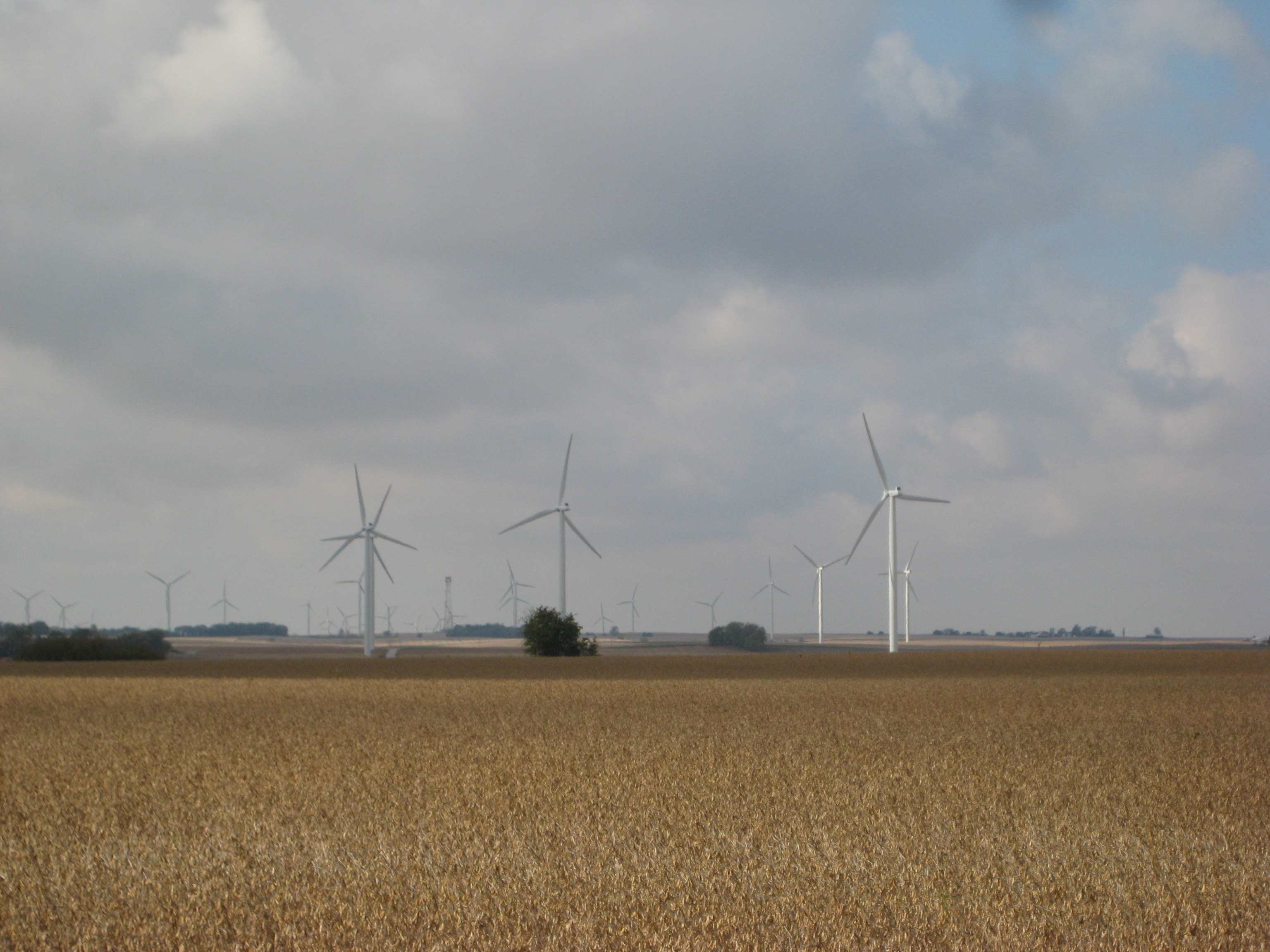| << Chapter < Page | Chapter >> Page > |
Geothermal ground source systems utilize a heat-exchange system that runs in the subsurface about 20 feet (5 meters) below the surface where the ground is at a constant temperature. The system uses the earth as a heat source (in the winter) or a heat sink (in the summer). This reduces the energy consumption requires to generate heat from gas, steam, hot water, and chiller and conventional electric air-conditioning systems. See more in Chapter Sustainable Energy Systems .
Solar power has minimal impact on the environment, depending on where it is placed. In 2009, one percent of the renewable energy generated in the United States was from solar power (1646 MW) out of the eight percent of the total electricity generation that was from renewable sources. The manufacturing of photovoltaic (PV) cells generates some hazardous waste from the chemicals and solvents used in processing. Often solar arrays are placed on roofs of buildings or over parking lots or integrated into construction in other ways. However, large systems may be placed on land and particularly in deserts where those fragile ecosystems could be damaged if care is not taken. Some solar thermal systems use potentially hazardous fluids (to transfer heat) that require proper handling and disposal. Concentrated solar systems may need to be cleaned regularly with water, which is also needed for cooling the turbine-generator. Using water from underground wells may affect the ecosystem in some arid locations.

Wind is a renewable energy source that is clean and has very few environmental challenges. Wind turbines are becoming a more prominent sight across the United States, even in regions that are considered to have less wind potential. Wind turbines (often called windmills) do not release emissions that pollute the air or water (with rare exceptions), and they do not require water for cooling. The U.S. wind industry had 40,181 MW of wind power capacity installed at the end of 2010, with 5,116 MW installed in 2010 alone, providing more than 20 percent of installed wind power around the globe. According to the American Wind Energy Association , over 35 percent of all new electrical generating capacity in the United States since 2006 was due to wind, surpassed only by natural gas.

Since a wind turbine has a small physical footprint relative to the amount of electricity it produces, many wind farms are located on crop, pasture, and forest land. They contribute to economic sustainability by providing extra income to farmers and ranchers, allowing them to stay in business and keep their property from being developed for other uses. For example, energy can be produced by installing wind turbines in the Appalachian mountains of the United States instead of engaging in mountain top removal for coal mining. Off shore wind turbines on lakes or the ocean may have smaller environmental impacts than turbines on land.

Notification Switch
Would you like to follow the 'Sustainability: a comprehensive foundation' conversation and receive update notifications?